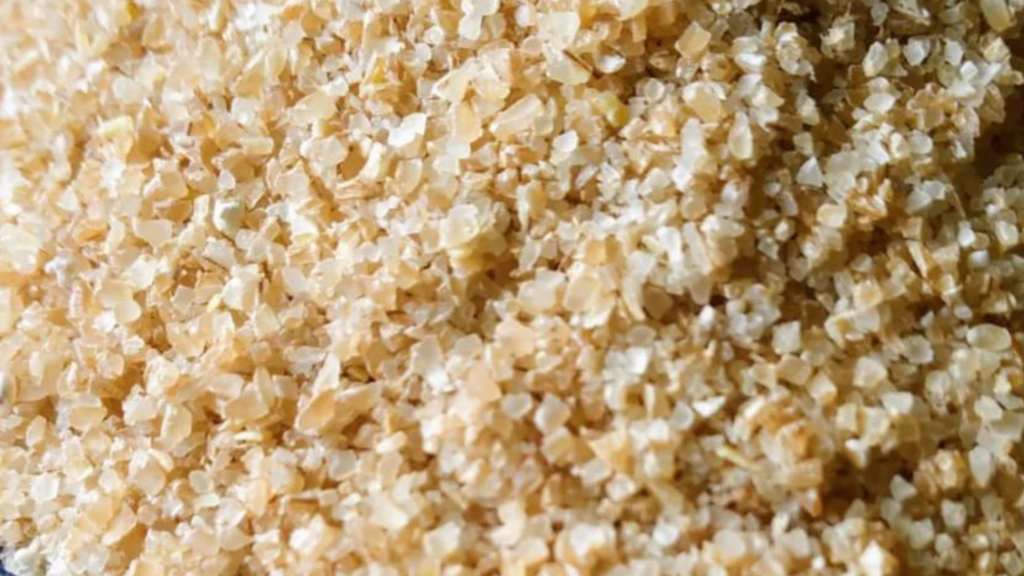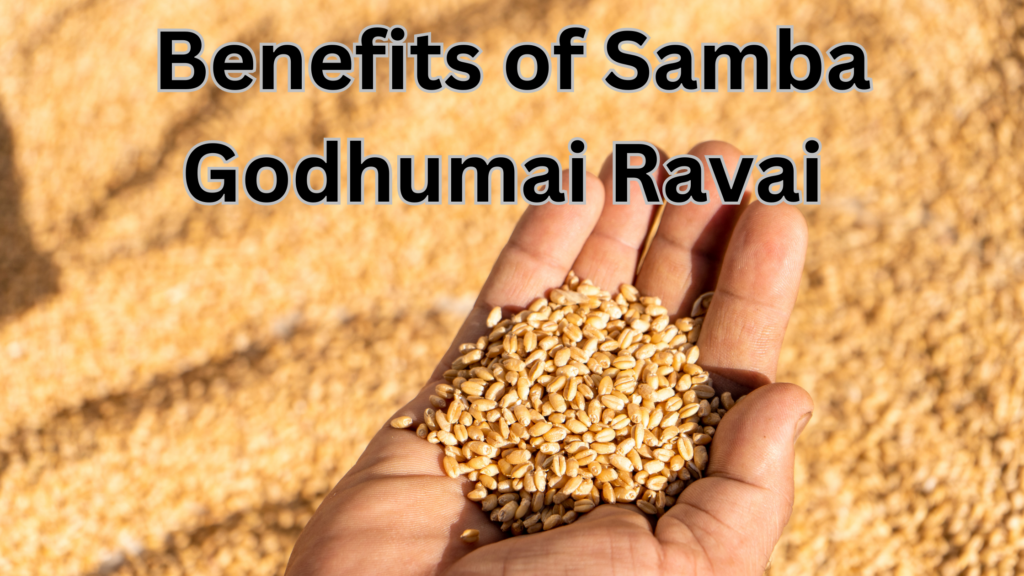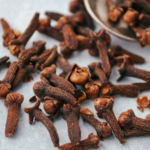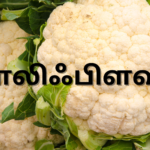Introduction to Desi Wheat Rawa
Desi Wheat Rawa, also known as suji or semolina, emerges as a culinary powerhouse, offering a spectrum of benefits. Derived as a by-product of durum wheat, with Triticum Durum as its scientific identity, Desi wheat Rawa holds profound importance in Indian households. Beyond its cultural significance, the benefits of Samba Godhumai Ravai extend to its versatility and nutritional richness.
Suji, a time-saving ally on busy days, becomes the canvas for an array of dishes, from the crispy textures of Rawa Dosa to the comforting warmth of Upma. As we delve into the culinary landscape of Desi Wheat Rawa, it’s not just about convenience but a celebration of flavour and well-being.
Stay tuned to unravel the diverse world of Desi Wheat Rawa benefits and discover how it not only elevates your meals but also contributes to a wholesome and nutritious culinary experience.
Origin of Wheat Rawa
Desi Wheat Rawa, a gluten-free culinary gem, finds its roots in the wholesome goodness of husked wheat. Also known as Godhuma Nuka or Godhuma Rawa in Hindi, it is the product of grinding husked wheat, resulting in a distinctive coarse texture.
What sets Uyir Desi Wheat Rawa apart is its direct sourcing from Uyir farmers’ Market cooperatives, ensuring that it is not only healthy and nutritious but also 100% organic and devoid of chemical pesticides.
In the culinary landscape, the names vary – Sooji, Suji, Semolina, Rava or Rawa, each referring to granulated wheat. The term “Semolina” has Italian origins, while “Sooji” is prevalent in North India and Pakistan. Meanwhile, “Rawa”, “Rava” or “Ravai” is the southern Indian nomenclature for this versatile ingredient.
Stay tuned to explore the culinary possibilities and unravel the benefits of Samba Godhumai Ravai that Desi Wheat Rawa brings to your table.

Nutritional Benefits of Samba Godhumai Ravai
Explore the myriad health advantages and benefits of Samba Godhumai Ravai, commonly referred to as Desi Wheat Rawa. This traditional grain not only tantalizes the taste buds but also contributes significantly to overall well-being.
One notable benefit is its potential to enhance body weight loss. Desi Wheat Rawa, with its high fibre content, aids in creating a sense of fullness, supporting weight management efforts. Furthermore, it assists in heart health and wellness; by promoting healthy cholesterol levels and cardiovascular functions.
This culinary gem also plays a role in maintaining blood glucose level balance; making it a favorable choice for those seeking to manage their sugar levels. Additionally, it is rich in iron, a vital mineral for combating anaemia and supporting optimal blood health.
Embrace Desi Wheat Rawa benefits for its holistic approach to health, as it not only satisfies the palate but also supports digestive wellness. Make it a cornerstone in your culinary repertoire for a delicious and nutritious lifestyle.
Culinary Versatility benefits of Samba Godhumai
Unveil the culinary magic of Desi Wheat Rawa, where its versatility shines through a myriad of dishes, showcasing the remarkable benefits of Samba Godhumai Ravai. In the realm of Indian cuisine, this ingredient takes centre stage, offering a spectrum of delightful creations.
Used in the preparation of iconic dishes like Rava Dosa and Rava Idli, Desi Wheat Rawa lends a unique texture and flavour to these South Indian favourites. Its role extends to comforting classics such as Upma and Khichadi; where its coarse texture adds a wholesome element.
The culinary journey doesn’t stop at savoury delights. Desi Wheat Rawa plays a sweet symphony in desserts like Rava Laddoo and Rava Halwa. Thus, by demonstrating its ability to seamlessly transition between diverse culinary genres.
Farming Practices and Sustainability
Embark on an enlightening journey as we delve into the farming practices nurturing Desi Wheat Rawa, shedding light on the sustainable agricultural methods that underscore its cultivation. In the context of wheat agriculture, the emphasis lies on creating an optimal environment for germination.
For the wheat crop, a well-pulverized yet compact seed bed is imperative, ensuring uniform germination. The agricultural practices for wheat involve meticulous steps – three or four ploughings in the summer, repeated harrowing during the rainy season, and culminating with three or four cultivations and planking right before sowing. These steps collectively contribute to establishing a robust and firm seed bed, especially on alluvial soils.
Sustainable agriculture plays a pivotal role in bringing forth the wholesome goodness and benefits of Samba Godhumai Ravai to your table.
Integrating Desi wheat Rawa into your diet
Discover practical tips on seamlessly integrating Desi Wheat Rawa into your diet, unlocking a treasure trove of nutritional goodness. Embracing this versatile ingredient is not only a culinary delight but also a conscious choice for overall well-being.
Begin by incorporating Desi Wheat Rawa into your breakfast routine. Whip up a quick and nutritious bowl of Upma or relish the crispy goodness of Rava Dosa. For lunch, consider replacing regular semolina with Desi Wheat Rawa in classics like Khichadi for an added nutritional boost. In the evening, indulge in the sweetness of Rava Laddoo, showcasing the diversity of this grain.
Revel in the myriad ways Desi Wheat Rawa can elevate your meals, making health-conscious choices effortlessly delicious. Welcome the benefits of Samba Godhumai Ravai with each delightful addition to your daily diet.



